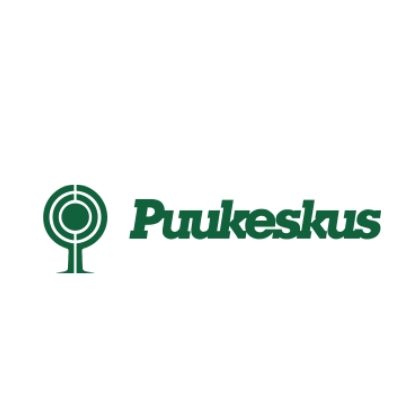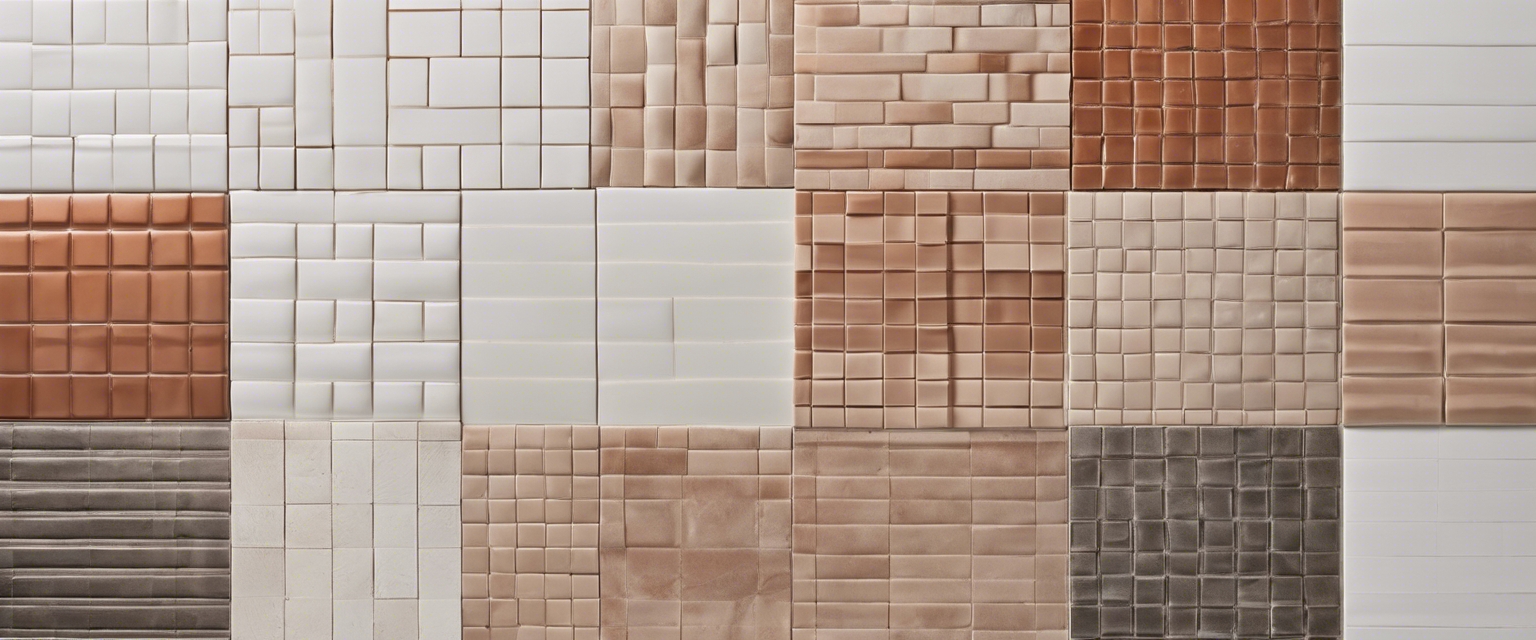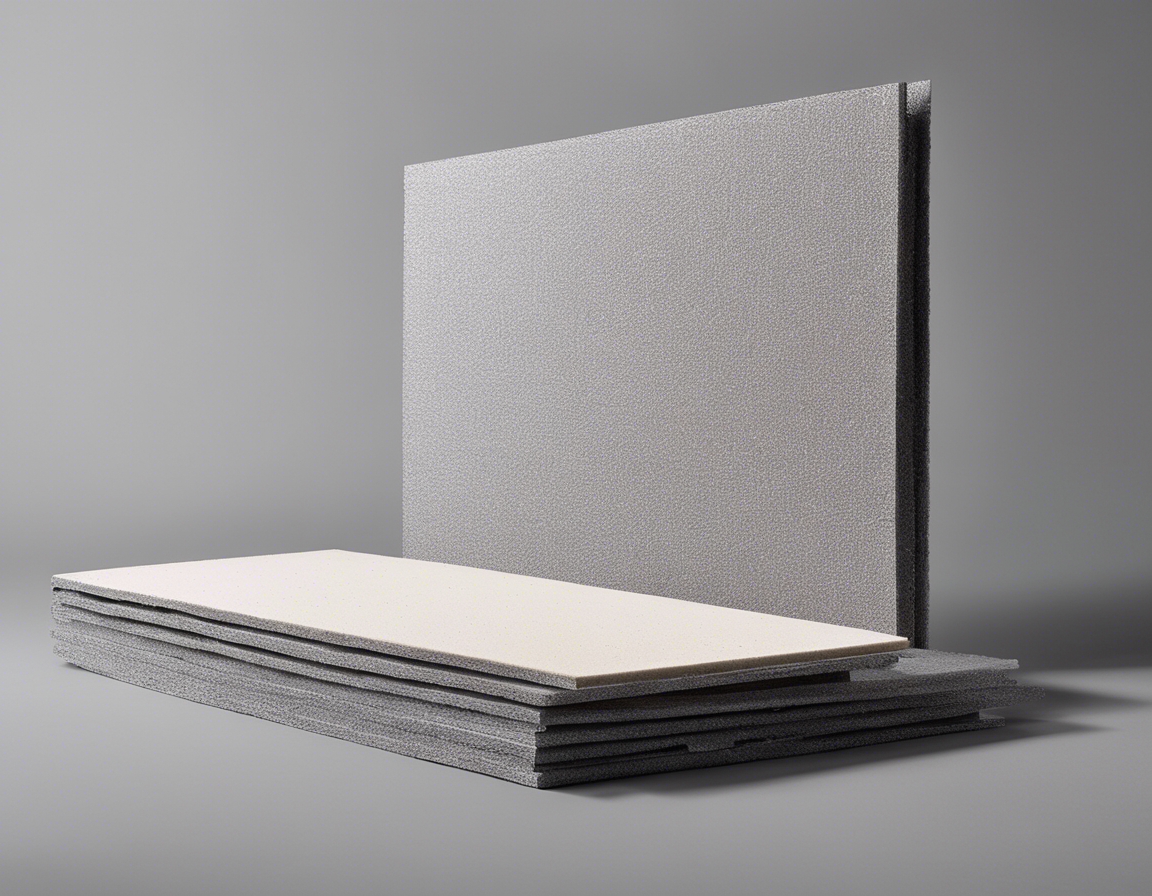Innovations in insulation: staying warm the green way
In an era where environmental sustainability is not just a preference but a necessity, the construction industry is rapidly evolving to meet the demands of eco-conscious consumers and stringent regulations. Sustainable building materials are now at the forefront of design and construction, offering a pathway to reduce carbon footprints and promote energy efficiency.
Green insulation refers to insulating materials that are environmentally friendly, have a low impact on the planet, and are often made from renewable or recycled resources. These materials not only provide effective thermal resistance but also support a healthier indoor environment and contribute to the overall sustainability of a building.
Types of Eco-Friendly Insulation Materials
Sheep's wool is a natural insulator that is not only renewable but also biodegradable. It can regulate moisture, is fire-resistant, and has the ability to absorb harmful substances like formaldehyde, making it an excellent choice for green insulation.
Denim insulation is made from post-consumer recycled jeans, providing a use for materials that would otherwise end up in landfills. It is non-toxic, provides good thermal and acoustic insulation, and is easy to handle and install.
Cellulose insulation is made from recycled paper products and is one of the most eco-friendly insulation options available. It has a high recycled content, is treated for fire resistance, and has excellent thermal properties.
Expanded (EPS) and extruded (XPS) polystyrene are rigid foam insulations that can be produced with a reduced carbon footprint. They offer high R-values and moisture resistance, making them suitable for a variety of applications.
Thermacork is a natural insulation material made from cork bark, which is harvested without harming the tree. It is renewable, recyclable, and has excellent thermal and acoustic insulating properties.
Advancements in Insulation Technology
Aerogel, known for its incredible lightness and high insulating properties, is a cutting-edge material that is making its way into the insulation market. It offers superior thermal performance in a thinner profile than traditional insulation materials.
Vacuum insulation panels have an extremely high R-value and are ideal for applications where space is at a premium. They consist of a core material encapsulated in a vacuum-sealed envelope, providing exceptional thermal resistance.
PCMs absorb and release thermal energy during the process of melting and solidifying, which helps in maintaining a stable indoor temperature. They are being integrated into building materials to enhance energy efficiency.
SIPs are high-performance building panels used in floors, walls, and roofs. They are prefabricated and provide excellent insulation, strength, and speed of construction.
Benefits of Using Green Insulation
Green insulation materials are designed to reduce energy consumption, leading to lower utility bills and long-term cost savings. Their superior insulating properties ensure that buildings stay warm in the winter and cool in the summer, reducing the need for heating and cooling.
Eco-friendly insulation contributes to a healthier indoor air quality by reducing the presence of harmful chemicals and allergens. This is particularly beneficial for individuals with respiratory issues or those sensitive to chemical off-gassing.
By using materials that are renewable, recyclable, or have a low environmental impact, green insulation helps in reducing the construction industry's carbon footprint and promotes sustainable building practices.
Installation and Performance Considerations
R-values measure the thermal resistance of insulation materials. Higher R-values indicate better insulating properties. It is crucial to choose the right insulation with the appropriate R-value for specific climate zones and building requirements.
Proper installation is key to maximizing the performance of insulation materials. It is important to ensure that there are no gaps or thermal bridges that can compromise the insulation's effectiveness.
Green insulation materials are not only effective but also durable. They often require minimal maintenance and can last for the life of the building, making them a wise investment for both the environment and the building owner.






Comments (0)